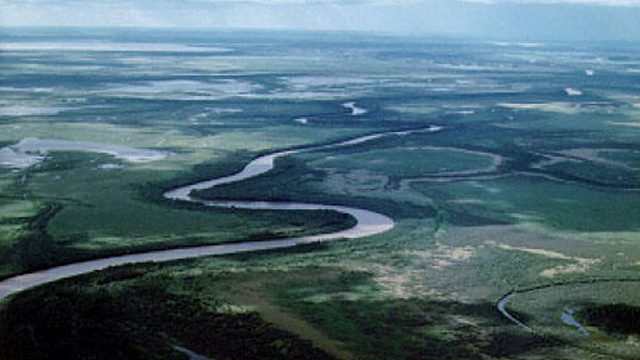SUMMARY
This is AI generated summarization, which may have errors. For context, always refer to the full article.

OTTAWA, Canada – Canada has failed to adequately protect a national park and world heritage site that neighbors a massive oil sands development, UNESCO said Friday, March 10.
The UN organization vowed to add the country’s Wood Buffalo National Park – established in 1922 to protect North America’s last remaining herds of wood bison – to its “list of world heritage in danger” if corrective measures are not taken quickly.
A massive delta in the park’s heart is threatened by pollution and water extraction from nearby oil sands mines and hydroelectric dams upstream, according to the United Nations Educational, Scientific and Cultural Organization report.
The report pointed to atmospheric and water-borne contaminants, including sulfate and mercury, from oil operations. It also said water withdrawal from two rivers and dams – including one that is planned – is strangling water flow through the park.
Additional threats include expanding agriculture, uranium mining and creeping urbanization, the report said.
“The mission experts looked at evidence from all perspectives and came to the conclusion that governments aren’t properly protecting the rivers that create this unique delta,” said Caleb Behn, head of the environmental activist group Keepers of the Water. “The world is saying Canada has one chance to do better.”
Encompassing 4.5 million hectares (11.1 million acres) of boreal plains, grasslands, wetlands and forests, the park is the largest nature reserve in Canada – exceeding the size of the Netherlands.
It is also integral to local indigenous culture.
Among its 17 recommendations, UNESCO said aboriginal tribes should be given more say in the park’s stewardship, and a buffer zone should be delineated between the reserve and the oil sands.
Environment Minister Catherine McKenna welcomed the findings and said the government would take a “unified and collaborative approach” to securing the park’s future. – Rappler.com
Add a comment
How does this make you feel?
There are no comments yet. Add your comment to start the conversation.